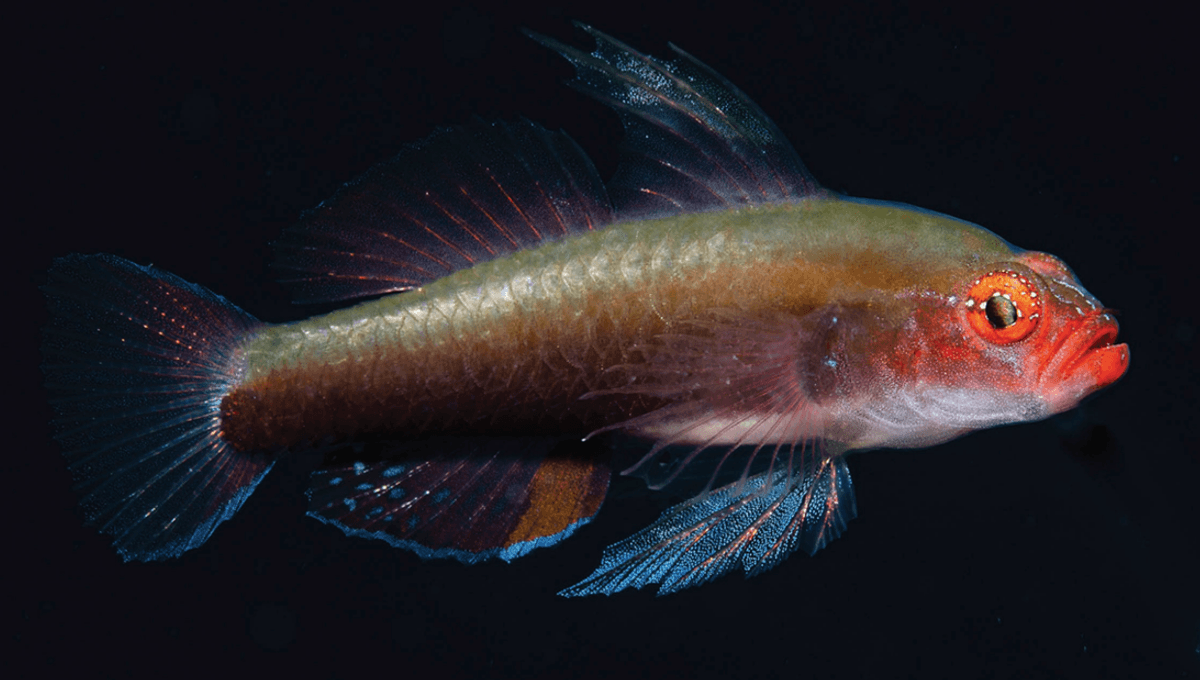Take a dive under the waves and you never know what you might discover. From dancing sea pigs to manta rays deep diving the world’s oceans hold all kinds of surprises. For researchers off the coast of Papua New Guinea a beautiful new fish species has been discovered.
The rest of this article is behind a paywall. Please sign in or subscribe to access the full content. Dwarfgobies in this genus are all typically under 18 millimeters long and occur in relatively large numbers on coral reefs, though observing them is tricky due to their size. Each member of the existing four species has a different pattern around the eye which helps identify them from each other and was a major clue in starting to realize that this new species was different from the others. Given the scientific name Eviota bella, Latin for beautiful, the beautiful dwarfgoby as it is commonly known is quite the stunner. The iridescent sheen helped the team see the fish in the first place and closer investigation revealed a bright orange body with a series of white dots over the eyes. Despites name and coloring the fish doesn’t quite live up to being beautiful all over. With a face and head described as “sloping”, “slanted” and “protruding” by the authors. Underwater photographs, (A) E. brahmi, Kimbe Bay, New Britain (J.E. Randall); (B) E. dorsogilva, Vanua Levu, Fiji (J. Eyre); (C) E. dorsopurpurea, Milne Bay, Papua New Guinea (J.E. Randall); (D) E. nigriventris, Gunung Api, Banda, Indonesia (M.V. Erdmann). Image Credit: Greenfield, D.W., Erdmann, M.V & Ichida, N.K. Journal of the Ocean Science Foundation (2025) CC BY 4.0 The new species was found in groups of 3-30 in depths around 4-15 meters deep and likes to inhabit Acropora coral colonies. It was found in Milne Bay and Oro Provinces in south east Papua New Guinea. The new species lives within an area that houses another from the same genus E. dorsopurpurea. Species in this genus are typically short lived and can reach sexual maturity in a matter of weeks. They are also capable of producing large numbers of larvae. Members of the Evoita genus are listed as both Least Concern and Data Deficiency by the IUCN which reports no direct threats but a possible interest to the aquarium trade. The paper is published in the Journal of the Ocean Science Foundation. 






